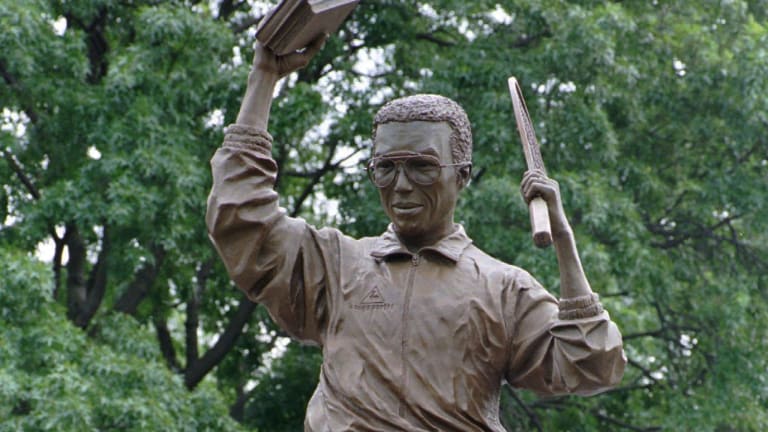“Richmond Could Be Next Monument Battleground,” an NBC News report asserted on Sunday. The capital of Virginia, and the former capital of the Confederacy, is a target-rich environment when it comes to statues of southern Civil War figures. At the city’s heart is Monument Avenue, which features the towering likenesses of Robert E. Lee, Stonewall Jackson, J.E.B. Stuart, Jefferson Davis and Matthew Fontaine Maury. Last week, Richmond’s African-American mayor, Levar Stoney, reversed his earlier position in light of the clashes in Charlottesville and came out in favor of taking them down.
“I wish they had never been built,” Stoney said. “These monuments should be part of our dark past and not of our bright future.”
There is one statue on Monument Avenue, though, that’s unlike all the others, and which will almost certainly survive any purge: It’s a bronze sculpture of Arthur Ashe, which was erected, after much discussion, rancor and controversy, in 1996, three years after his death from AIDS. It features Ashe, a Richmond native, surrounded by children and holding a set of books in one hand and a racquet in the other. It’s smaller than the other monuments and a little out of the way, but for 21 years the legendary black tennis player has taken his place in the city’s historical Confederate parade.

